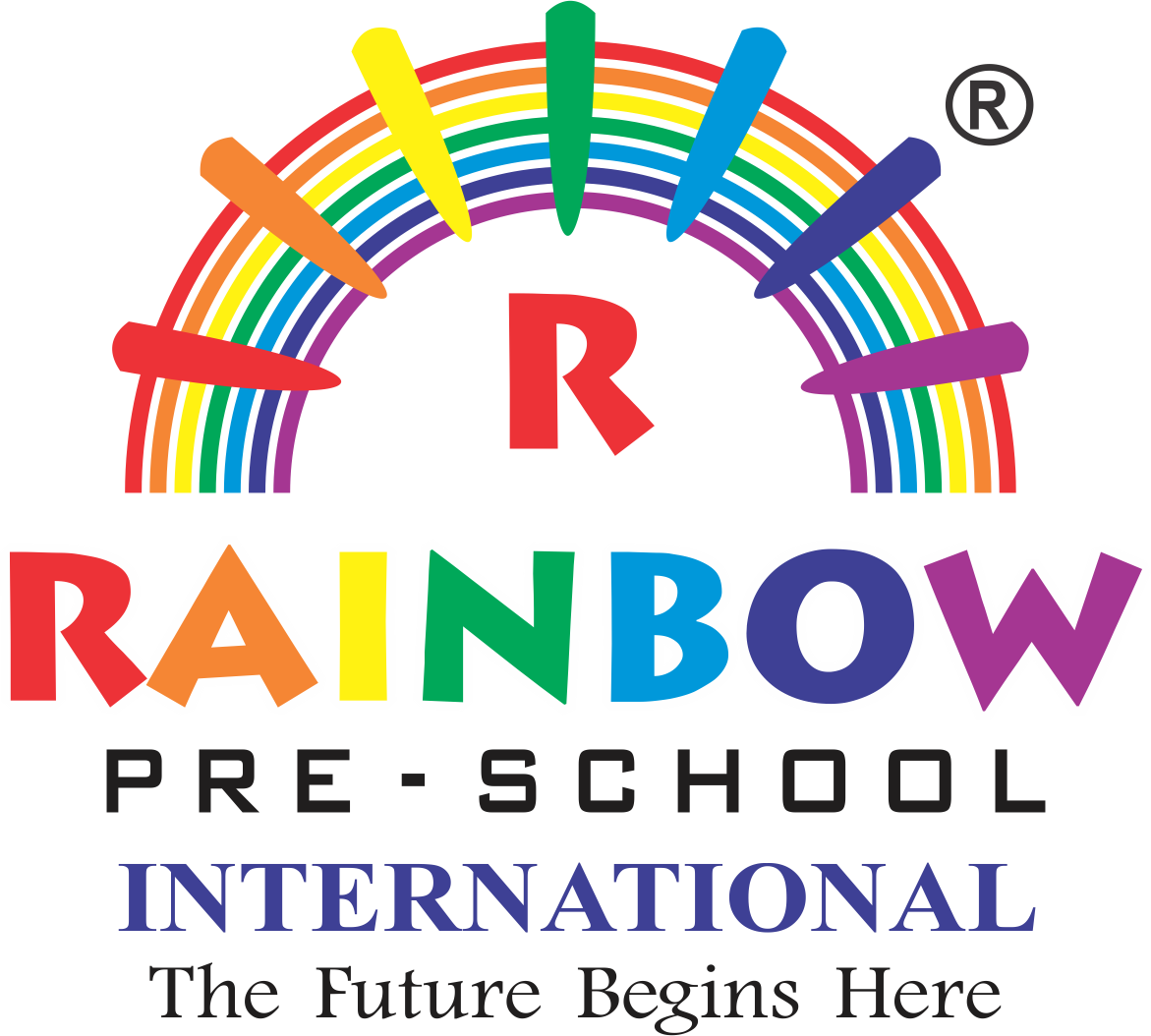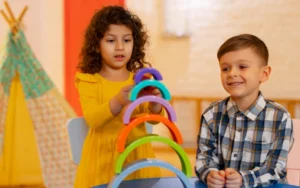The word “phonics” sounds scary to most parents. It sounds like a complicated subject in itself. Almost similar to “phonetics” which is meant to train students studying pronunciation at an advanced level.
Phonics is an approach taken to teach language to preschoolers, i.e., children 3 to 5 years old. It’s not as complex as phonetics is. In fact, it is intended to make things easier for learners so that they can learn to read.
Essentially, phonics involves matching sounds to letters. Once students are done with their alphabets, they turn towards combination of those letters or alphabets.
Phonics introduces words to the learners in a fun way. Instead of jumping to random words, phonics groups them so that they sound rhythmic and song-like.
The objective is to help learners recognize the sounds of individual letters and then group of letters. This takes them a step closer to the practice of spelling.
Teaching with the help of phonics is a practice crucial to English language because English spelling is tricky. There’s no reason why “challenge”, “champagne” and “chemistry” don’t start with the same sound in spite of starting with “ch”.
Phonics nudges learners closer to literacy – one of the most important goals of primary education. If parents pay good attention to the way such young learners are expected to learn, they can help the school and the children even more.
While phonics makes reading and spelling easier for children, teaching phonics is not an easy task. Teachers get a thorough training regarding how to handle phonics in the classroom. Parents tend to feel a little off-track during their children’s pre-school years.
The stages explained below can help parents get an overview of phonics so that they can introduce their children to new words at home systematically or even help the children repeat what they study in school.
Stage 1 – Vowel sounds
a – apple
e – egg
i – ink
o – ox
u – up
Stage 2 – Consonant sounds
b – boy
c – cat
d – dog
f – fig
g – goat
h – hat
j – jug
k – king
l – lion
m – mat
n – net
p – pet
q – queen
r – rat
s – sat
t – tiger
v – van
w – watch
x – xylophone
y – yak
z – zebra
Watch: Phonics song for your child
Stage 3 – Three letters’ words with a vowel or Word Families
bat, cat, sat —- cab, dab —- cap, map, tap
pet, set, met —- peg, keg, leg —- bed, fed, red
six, fix, mix —- pin, tin, din —- fig, dig, rig
mop, hop, cop —- boy, toy, joy —- box, fox
hug, jug, mug —- bun, sun, fun —- cup, pup
Stage 4 – Long vowel sounds
apron, angel
Eagle, eat, easel
iron, ivy,
oval, open,
uniform, unicorn
Stage 5 – Blends of consonants
br – brown, break
cr – crown, cry
bl – black, blue
cl – clap, climb
sn – snake, snap
ch – chair, chin
sh – shoe, shirt
th – thin, thick
Stage 6 – Double letters
ll – well, bell, fill, will
ee – feet, deep, teeth
oo – spoon, moon
Parents can prepare flashcards of
- letters
- combination of letters (br, cr, sl, sn and so on) and
- words
so that children get enough practice for what they learn in school. It always helps if the parents know the big picture behind what the children are learning so that they can anticipate the next lesson or stage too at times.
Approaching language learning through phonics helps in
- developing pronunciation,
- reading better and faster
- comprehension
- vocabulary building
The above guide can help parents further to select the right kind of resources (videos, DVDs etc) and activities for the children so that they have fun while learning.
Where would you like to begin today?









